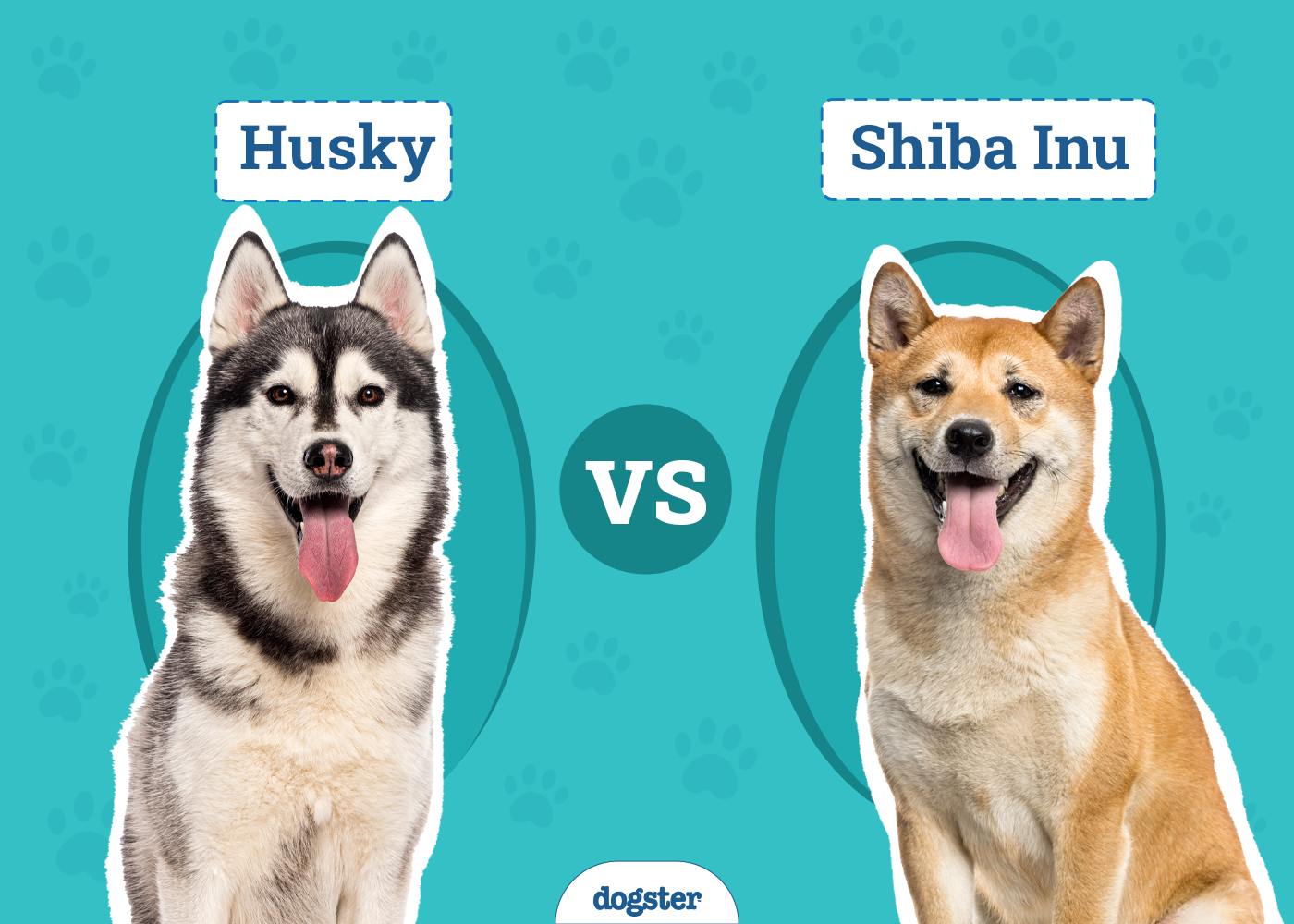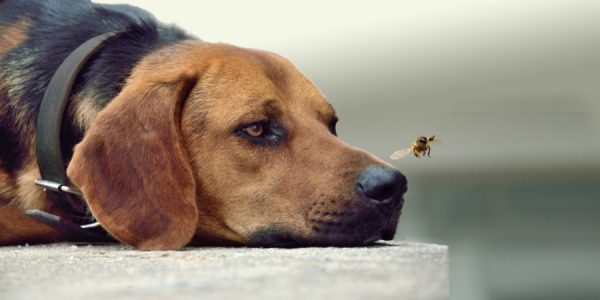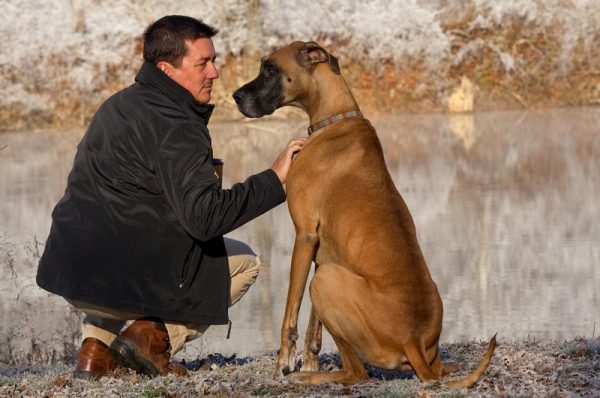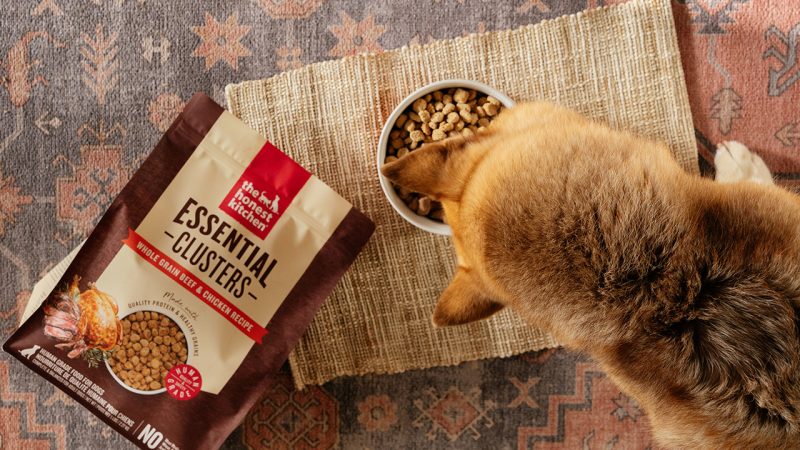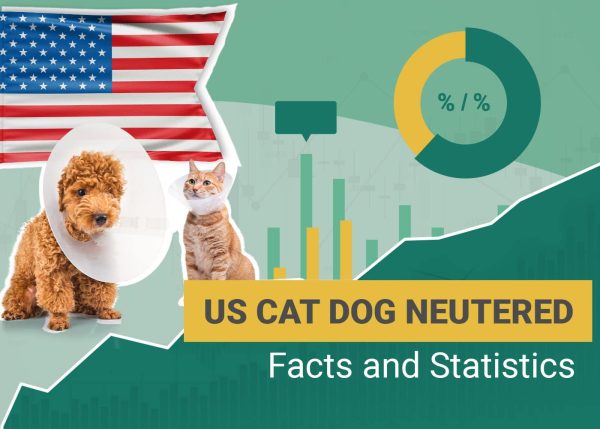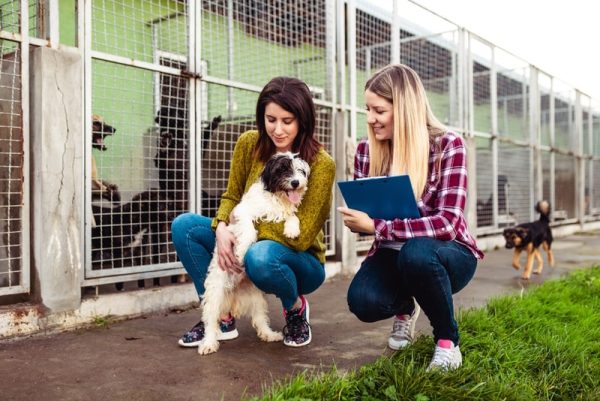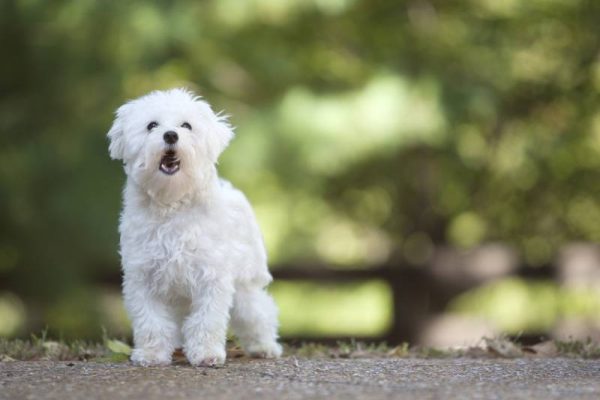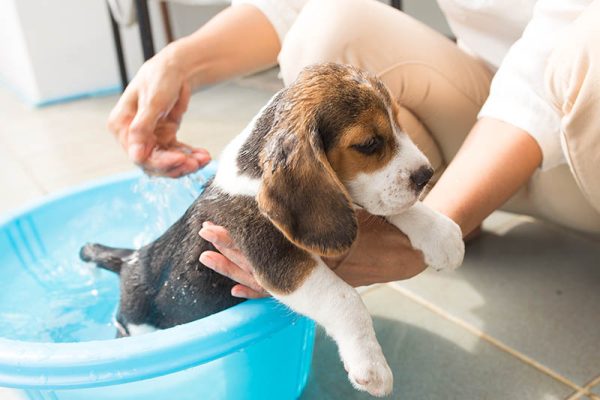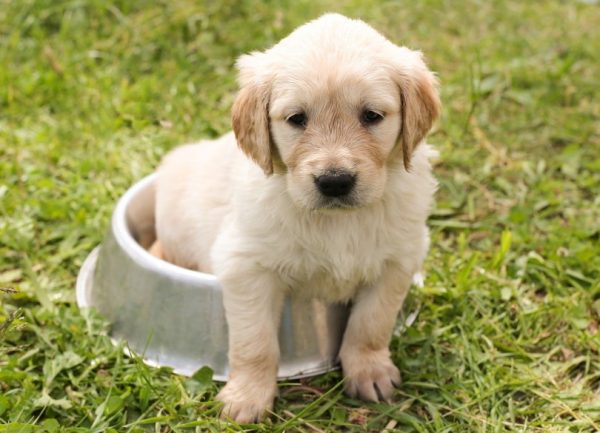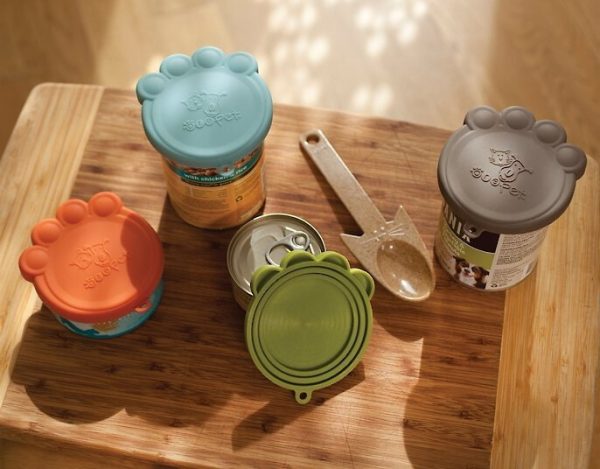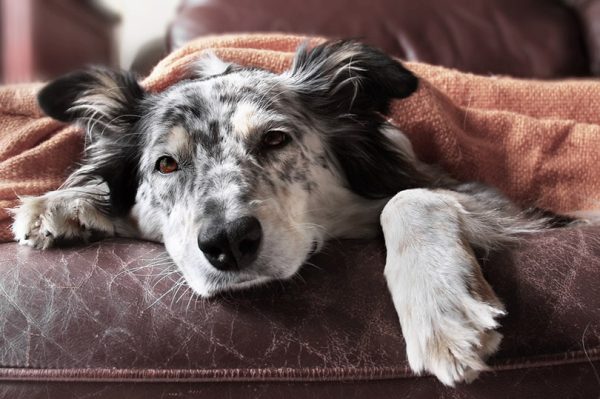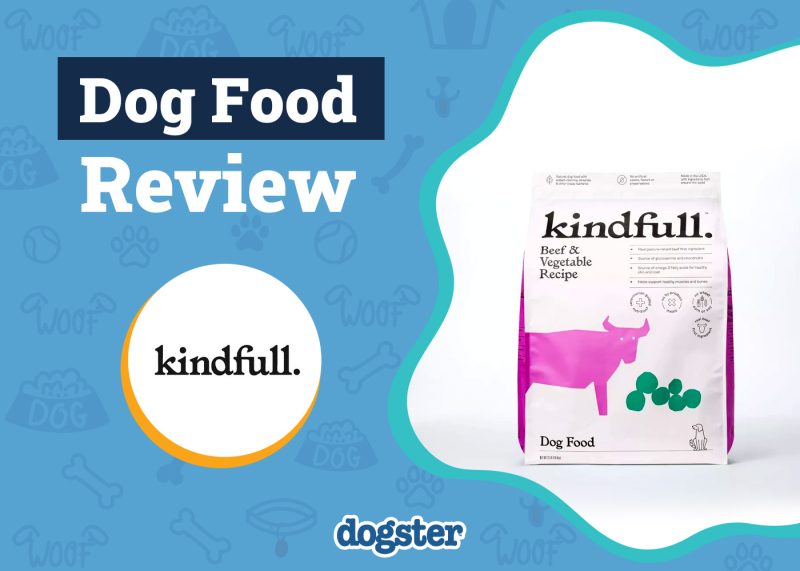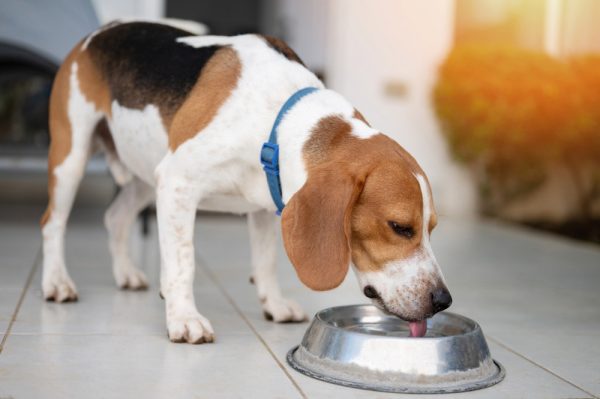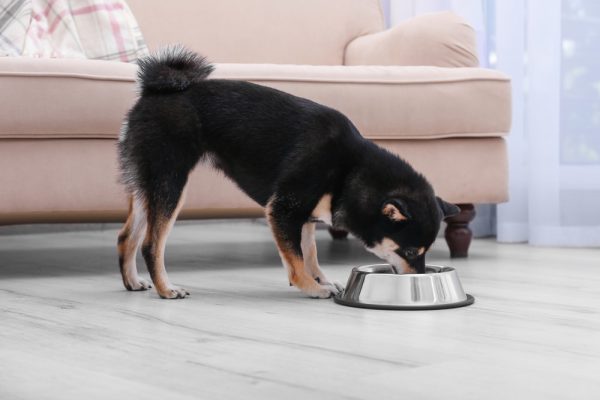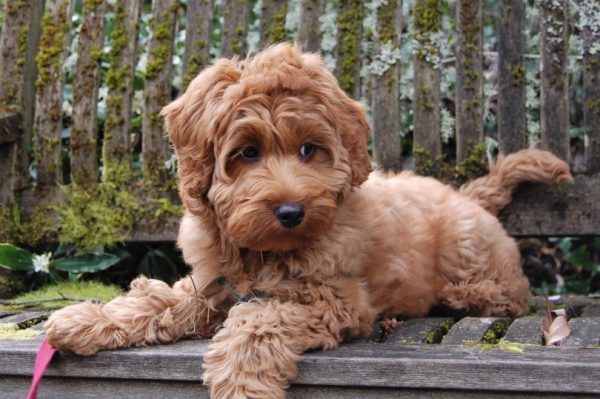In this article
View 3 More +Siberian Huskies and Shiba Inu appeal to people for many of the same reasons. They are powerful dogs with striking visual appearances. Both dogs are seen as smart, energetic, and loyal. Huskies and Shiba Inu also make a statement whenever you bring them out in public. So, what are the main differences between these two dogs? How similar are they, really?
This guide covers all the main differences between Shiba Inu and Huskies, including their appearance, size, personality, health, and price. By the end, you will have a firm grasp of what makes these dogs similar and what makes them so different and will be able to decide which, if either, is right for you.

Visual Differences
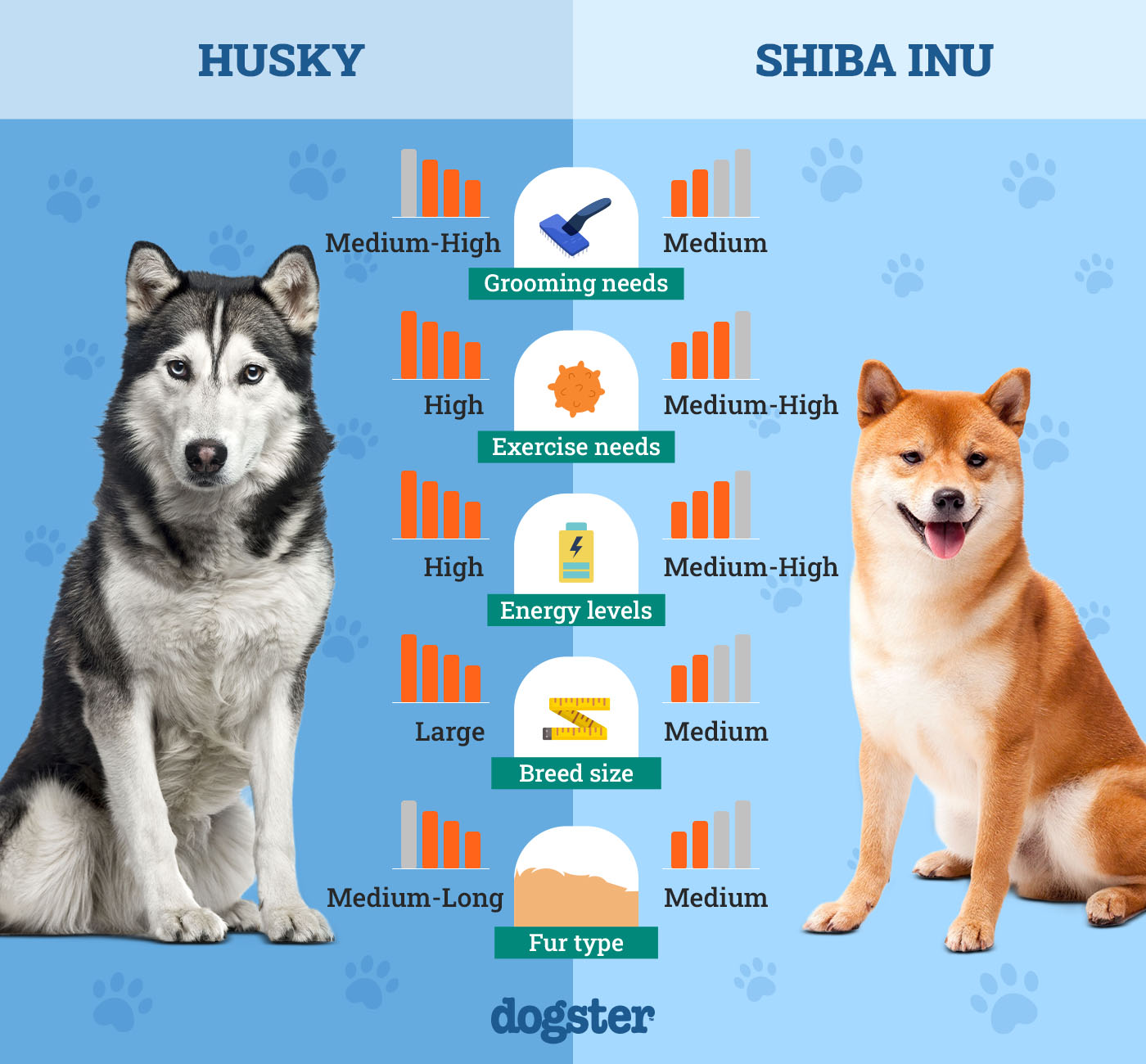
At a Glance
- Average height (adult): 20–23.5 inches
- Average weight (adult): 35–60 pounds
- Lifespan: 12–14 years
- Exercise: 2+ hours per day
- Grooming needs: Heavy
- Family-friendly: Yes
- Other pet-friendly: Yes, especially dogs
- Trainability: Highly energetic and loyal but can be difficult to manage at times
- Average height (adult): 13–17 inches
- Average weight (adult): 17–24 pounds
- Lifespan: 13–16 years
- Exercise: 1+ hours per day
- Grooming needs: Moderate
- Family-friendly: Mostly
- Other pet-friendly: Sometimes
- Trainability: Highly intelligent and loyal but severely stubborn

Siberian Husky Overview
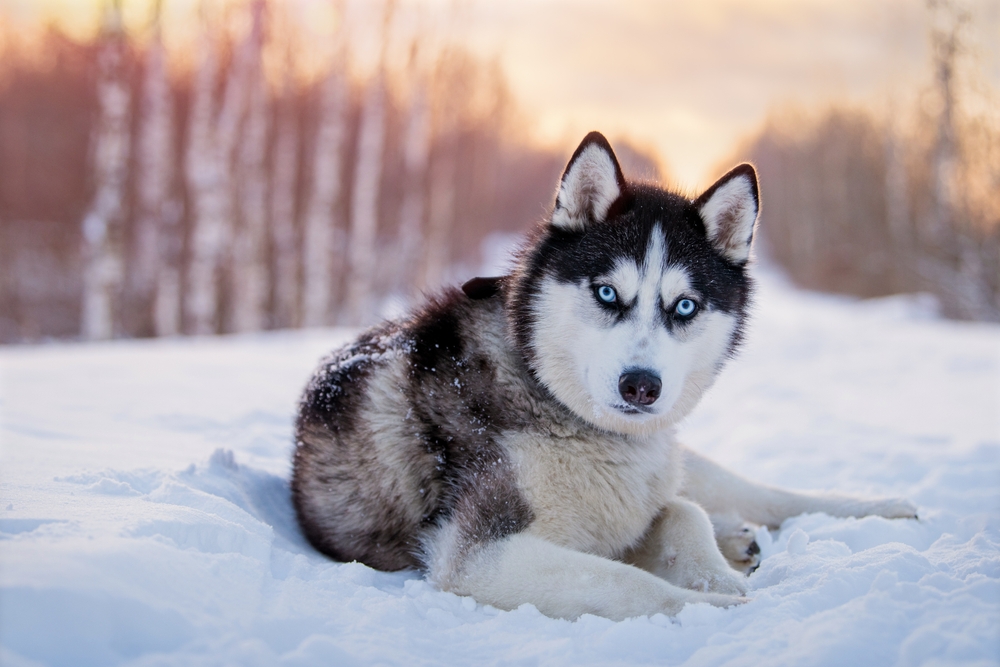
Siberian Huskies are beautiful dogs that come from the Arctic regions. Despite their wolf-like appearance, Huskies are actually sweet and playful. They started spreading southward about a hundred years ago, and they have become entrenched as one of America’s most popular dogs due to their personality and appearance.
Origin
Siberian Huskies hail from Siberia. The native Chukchi people bred them as sled dogs. The Husky did not make their way to the United States until the early 1900s, when they were used in sled racing in Alaska beginning in 1909. The breed vaulted to national and international popularity after a team of Siberian Huskies was used to deliver medicine to save the town of Nome in 1925. This event inspired the Iditarod sled race and countless pieces of popular media, which has made the Husky the 24th most popular dog breed on the titular AKC list.
Personality/Character
Siberian Huskies are known for being affectionate, loyal, and friendly. They are also highly energetic. Since these dogs were bred to pull sleds and run in a pack and most of them were still doing this type of job not that long ago, they need a lot of physical and mental stimulation.
Huskies can also be quite vocal. They are trainable and well-behaved if they receive the proper amount of exercise and mental stimulation. If you are not able to provide your Husky with this, they can become mischievous and obnoxious, which can translate into destructive behaviors while indoors.
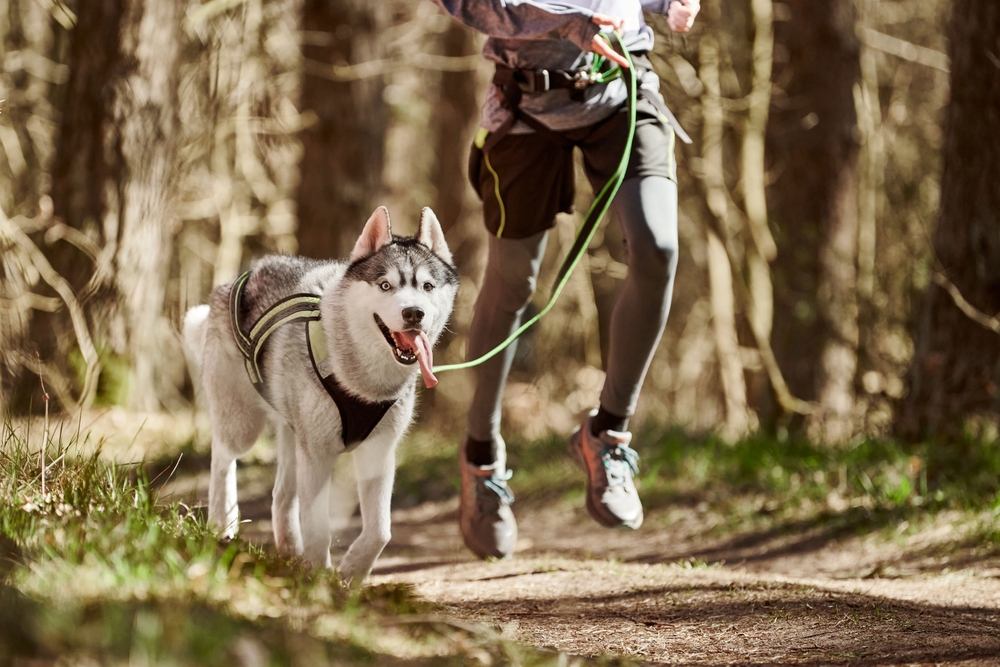
Grooming
Despite Huskies having a long and thick coat, they actually don’t need as much grooming as you might think. Huskies have a durable double coat, with an outer coat and an undercoat. They are also considered to be a “natural” breed when it comes to their coat and fur, meaning that they self-regulate better than most other breeds. They only need a handful of baths per year. During shedding season, it could be helpful to comb out the undercoat. Huskies do tend to shed a lot due to the amount of fur that they have, and this can be especially true in warm climates.
Size & Appearance
Huskies are quite a bit larger than Shiba Inu. A large adult Husky can stand nearly 2 feet tall and weigh 60 pounds or more. That makes them much taller and heavier than Shiba. Siberian Huskies are known for their long gray and white coats and their striking blue eyes. They have nine individual approved colors as recognized by the AKC. Some colors include all white, all black, and red and white.
Health
Siberian Huskies are healthy dogs. They are at risk of a couple of genetic conditions, such as juvenile cataracts, but these can easily be screened out by a responsible breeder. Outside of genetic issues, Huskies can be prone to hip and joint problems. These problems are common in many large or energetic breeds, and some Huskies can be both large and extremely active. Regular evaluation, regular exercise, and joint supplements can help mitigate these issues as your dog ages.
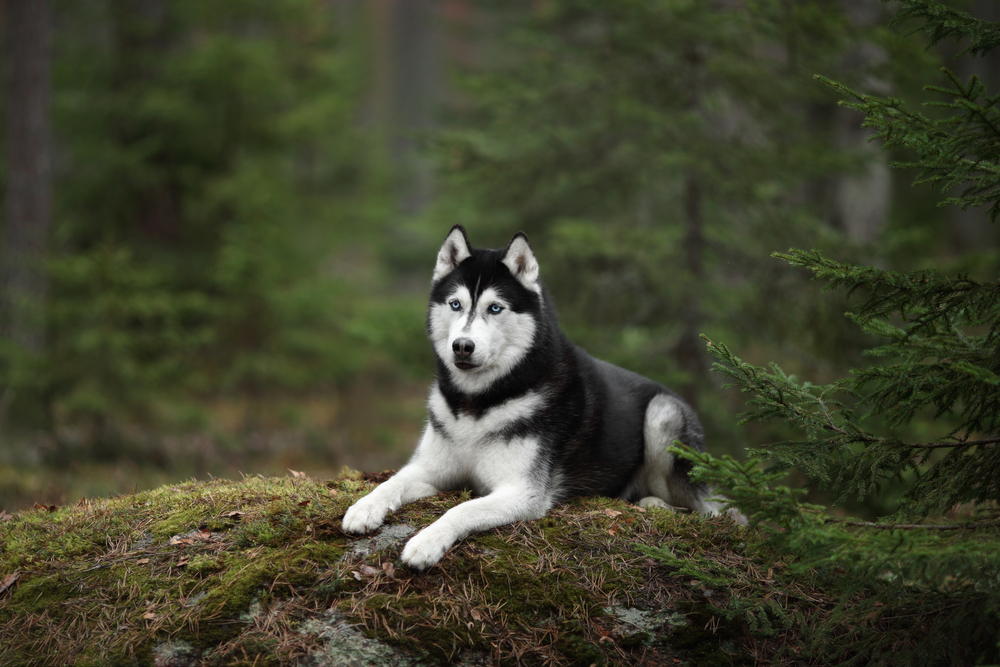
Suitable For:
Siberian Huskies are suitable for experienced dog owners looking for a highly energetic pup to have fun with. Huskies need copious amounts of exercise in order to keep calm and sweet during the day. They are extremely loving and playful, but they need a routine to keep them on track. People not familiar with dogs or someone who does not have the time necessary to properly stimulate their Husky can find the dog to be unwieldy and obnoxious. But a well-exercised and trained Husky can be a strong and loyal companion for years and years to come.

Shiba Inu Overview
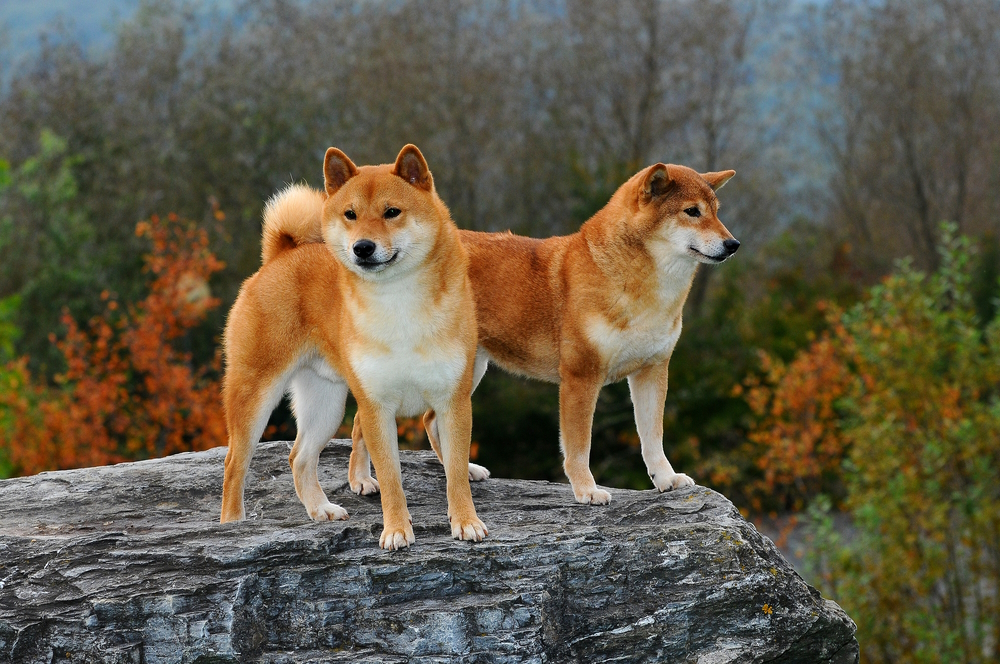
Shiba Inu became popular due to their intelligence and unique appearance. They came to North America by way of Japan, and they remain a niche dog that has a strong cult following. Shiba Inu have distinctive personality and appearance traits that make them stand out from almost every other dog. The Shiba Inu ranks 46th on the AKC list in terms of overall popularity, which is quite a bit lower than the Husky but much higher than some other, less recognizable dogs.
Origin
Shiba Inu are interesting because they originated in Japan. This ancient breed has been around for over 2,000 years. They are extremely popular in their homeland and were bred to help with small-game hunting.
Shiba Inu began spreading through the Western world after the conclusion of World War II, when soldiers came home with tales of famous and mysterious Japanese hounds that looked nothing like the dogs found back in America.
Personality/Character
Shiba Inu form strong bonds with one or two close people, usually their immediate owners. This translates to a high level of loyalty and fondness. However, most Shiba Inu can be wary of strangers and other dogs. They are also quite vocal. They will bark and even scream when they want something or see something out of the ordinary. Shiba Inu are known for being highly intelligent and stubborn. This can be entertaining and gratifying in some situations and frustrating and maddening in others. Shiba Inu do amazing with the owners they have bonded with but can be a handful for others or in public.
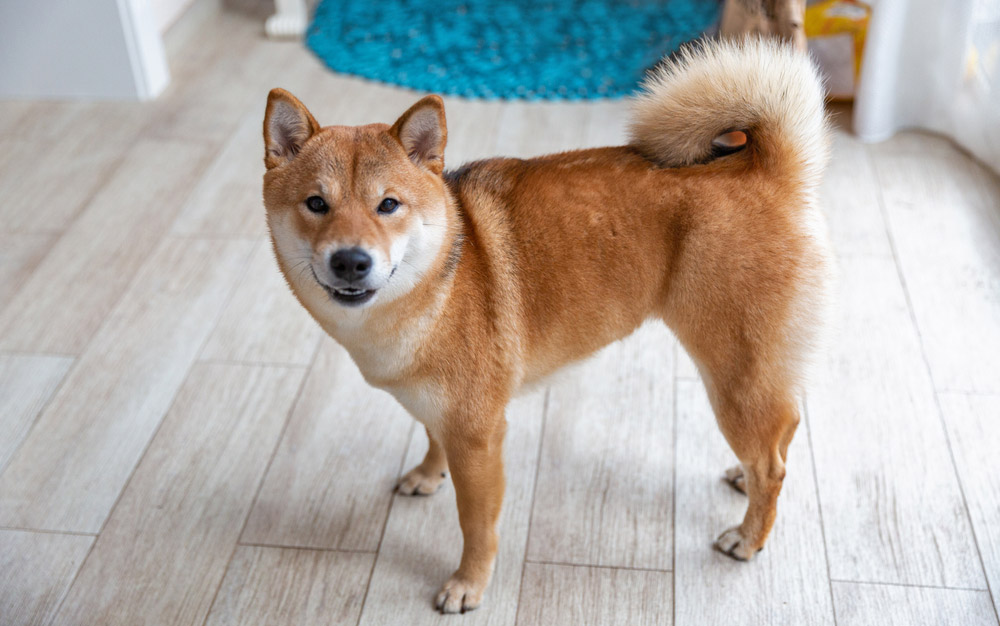
Grooming
Shiba Inu are fuzzy dogs that need moderate grooming to keep them looking their best. They are naturally clean, so they rarely have tangled or matted coats. The biggest grooming concern is shedding. Shiba shed twice per year, but some can shed for weeks or months at a time, leaving you with 4 to 6 months when your dog is going to be dropping a lot of hair. To counteract this, Shiba Inu can be brushed or blown out on a regular basis to knock out the loose hair before it can drop all over your house.
Size & Appearance
Shiba Inu are small and compact dogs. They are stocky and muscular while only standing 15 inches tall on average. These dogs are also light, only weighing around 20 pounds, which is far less than the Siberian Husky. Shiba Inu are known for their upturned tails and angular fox-like faces. They come in four official colors: black and tan, cream, red, and sesame.
Health
Shiba Inu are healthy dogs, especially when they are bred properly. The most common health problem for Shiba is allergies. Considering that other breeds come with flags for things like hip dysplasia and retinopathy that can cause blindness, allergies are rather benign and simple to treat. The robust health of the Shiba Inu translates directly to a robust lifespan, which sees Shiba easily living to the age of 13 and occasionally even to 16 or 17.
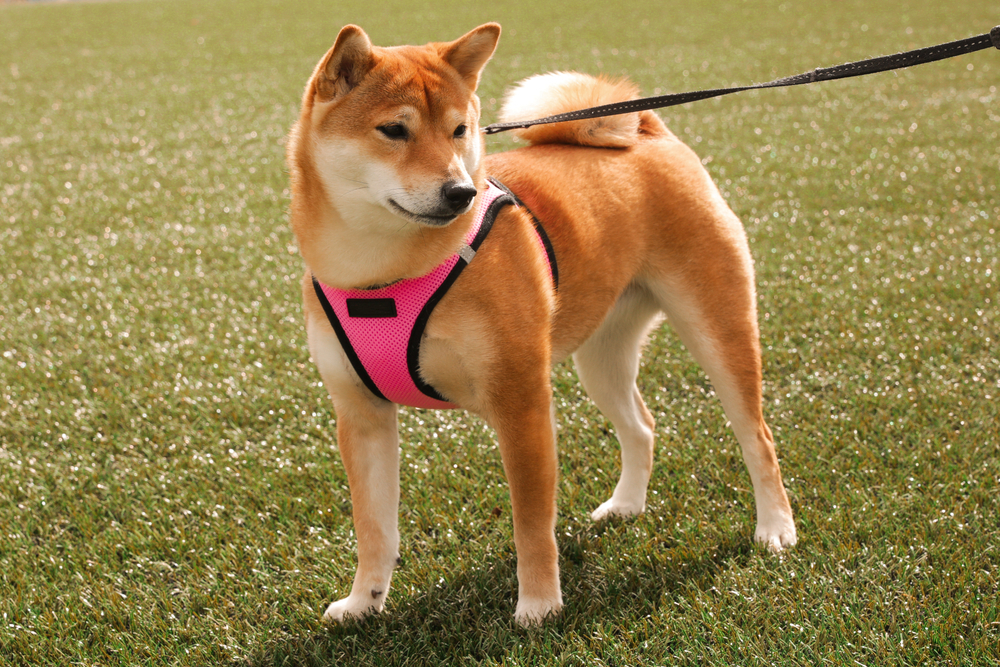
Suitable For:
Shiba Inu are suitable for small households of experienced dog owners. They need mental stimulation and grooming in order to be their best. They are extremely loyal to their owners, but they can be stubborn in public or when faced with a situation they don’t want to be in. A good Shiba Inu owner fosters the strongest bond possible with their dog and uses a firm hand to keep them grounded when in public or around strangers. It takes work and finesse, but the outcomes can be fantastic for the determined Shiba owner.

Are Siberian Huskies or Shiba Inu More Expensive?
Shiba Inu are far more expensive to buy than Siberian Huskies. The average cost of a Shiba Inu is around $2,000 if you are using a breeder. However, costs can soar from $3,500 to $5,000 for the best breeding stock or when using fully registered breeders. In comparison, the Husky is fairly inexpensive. The average cost of a Husky puppy is around $700. At the low end, Huskies can be found for as little as $400, and even at the highest end of the spectrum, Huskies rarely crack $2,000 for the best puppies. If you are interested in getting a purebred puppy from an AKC breeder but are on a budget, the Husky is going to be a better option.
Can a Husky Live in a Warm Environment?
Yes. Huskies can live in warm environments but they might not always enjoy it. They can get hot when the temperatures rise, which will limit the amount of exercise that they can safely do outside. This can be a problem because Huskies are so playful and energetic. If you can’t walk your dog properly because it is 95 degrees Fatherenient in the shade, your Husky will likely try to get their energy out inside the house, which can be a hassle. They also shed a ton and need regular baths in warm environments. Huskies are already known for being prolific shedders, and this only increases in warmer climates.

Are Huskies or Shiba Inu Better for First Time Dog Owners?
Neither Huskies nor Shiba Inu are recommended for first-time dog owners. Both dogs have traits that can make them hard to handle, especially for the inexperienced. Siberian Huskies are extremely energetic, and that can manifest in mischievous behaviors. A Husky that is not stimulated properly can easily wreak havoc on an unsuspecting family. They aren’t often aggressive, but they will sneak off and eat your shoes if you are not careful.
Shiba Inu are different. They are not as energetic or as mischievous, but they are stubborn, smart, and can be gruff with strangers or other dogs. They are notorious for flat-out refusing to do anything that they don’t want to do, which can make things like trips to the vet or pizza delivery visits to be stressful endeavors.
If you had to choose one, the Siberian Husky is probably a little easier to manage as a first-time dog owner due to the fact that they are loving and sweet. They just need a lot of exercise and grooming to manage them properly.

Which Breed Is Right for You?
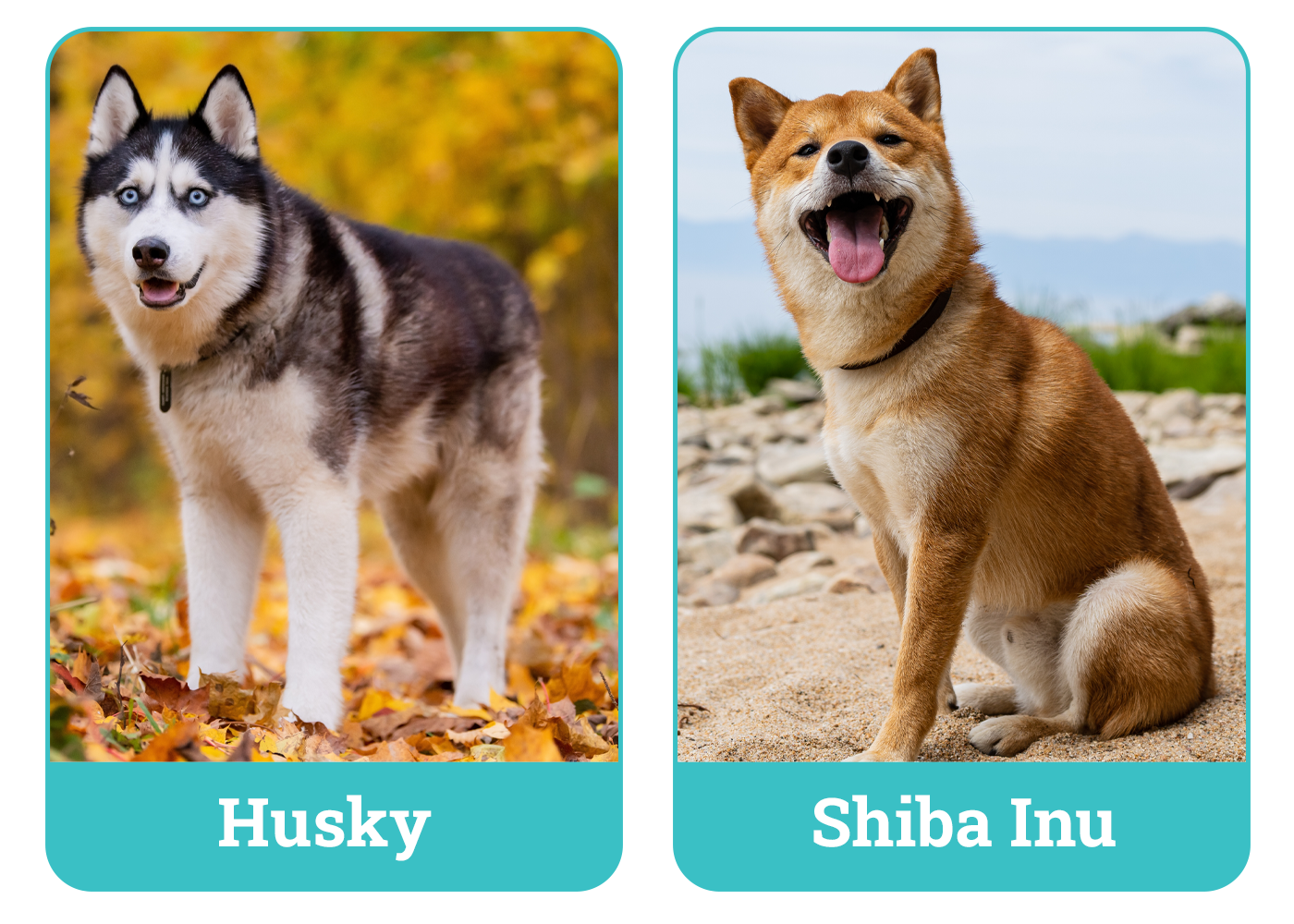
Both Huskies and Shiba Inu have the potential to make great family dogs. If you are looking for a sweet and playful dog that a big family can love and give plenty of time and attention to, you might want to consider the Husky. They are much larger than a Shiba Inu and more affectionate overall.
If you are looking for a personal companion that would do well with one or two people, you might want to consider the Shiba Inu. Shiba are considerably smaller than Huskies, less affectionate, and more stubborn. They can be amazing companions for 15 years or more if paired with the right person who is willing to work out their quirks and form a strong bond between man and dog.
Both of these breeds are moderately popular, visually appealing, and come with quirks that can make them hard to handle, but they have a lot going for them if put in the right situation.
Related Reads:
Featured Image Credit: (L) KT, Unsplash | (R) OlesyaNickolaeva, Shutterstock
